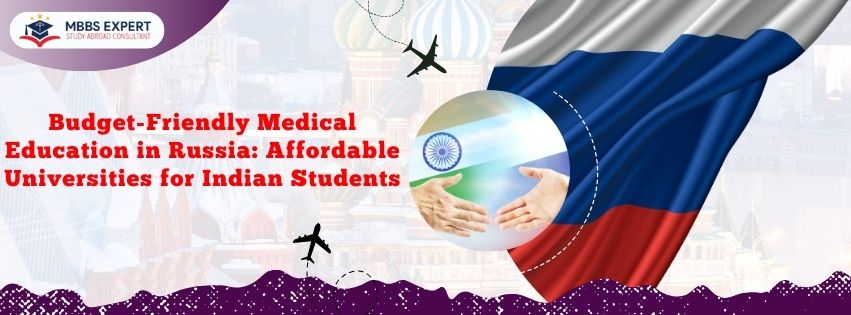Budget-Friendly Medical Education in Russia: Affordable Universities for Indian Students Introduction Pursuing a medical degree…
Comparing the Cost of Living in Timor-Leste for Indian Students
69 Total Views , 1 views today
Comparing the Cost of Living in Timor-Leste for Indian Students
In the journey of higher education, one crucial factor that often shapes the decisions of prospective students is the cost of living. For Indian students eyeing international destinations, Timor-Leste presents an intriguing option. While the idea of studying abroad is undoubtedly exciting, it’s essential to weigh the financial implications meticulously. In this blog, we delve into the comparative analysis of the cost of living between Timor-Leste and India, providing valuable insights for Indian students considering this lesser-explored destination.
Timor-Leste, nestled in Southeast Asia, boasts a rich cultural tapestry and breathtaking natural landscapes. Despite its allure, it remains relatively off the radar for many international students, making it a hidden gem for those seeking unique academic experiences. However, before embarking on this educational adventure, understanding the financial landscape is paramount.
One of the primary considerations for students is accommodation expenses. In Timor-Leste, rental costs for apartments or shared accommodations vary depending on location and amenities. While urban centers like Dili might command higher rents, smaller towns offer more budget-friendly options. Conversely, India’s rental market is diverse, with metropolitan areas like Mumbai and Delhi featuring higher rental prices compared to smaller cities and towns. Indian students must carefully assess their preferences and financial constraints when weighing accommodation expenses in both countries.
Food expenses constitute another significant aspect of student budgets. Timor-Leste offers a unique culinary experience influenced by its diverse cultural heritage. Local markets and eateries provide affordable dining options, allowing students to savor traditional delicacies without breaking the bank. On the other hand, India’s culinary landscape is as diverse as its culture, with street food vendors and restaurants catering to various tastes and budgets. While both countries offer cost-effective dining options, students must factor in their dietary preferences and spending habits.
Transportation expenses also play a crucial role in determining the overall cost of living. Timor-Leste’s transportation network primarily comprises buses, taxis, and motorcycles, providing affordable options for students to navigate the country. Additionally, walking and cycling are popular modes of transportation in urban areas, offering a budget-friendly and eco-friendly alternative. In contrast, India’s transportation infrastructure is vast and varied, encompassing buses, trains, auto-rickshaws, and ride-hailing services. While transportation costs in India can vary significantly depending on the mode of travel and distance, students can leverage public transportation to manage expenses effectively.
Beyond the essentials, discretionary spending on leisure activities and entertainment contributes to the overall cost of living. Timor-Leste’s scenic landscapes offer ample opportunities for outdoor activities such as hiking, snorkeling, and exploring pristine beaches. Many of these activities come at minimal or no cost, allowing students to immerse themselves in the country’s natural beauty without overspending. In India, cultural attractions, festivals, and historical landmarks provide rich experiences for students seeking leisure activities. While some activities may incur expenses, students can find affordable options to enjoy their leisure time without straining their budgets.
Healthcare expenses are another vital consideration for students living abroad. Timor-Leste’s healthcare system, although improving, may not offer the same level of accessibility and infrastructure as India’s healthcare facilities. Indian students planning to study in Timor-Leste must ensure they have adequate health insurance coverage to mitigate any unforeseen medical expenses. Similarly, students studying in India should familiarize themselves with the country’s healthcare system and consider obtaining health insurance for comprehensive coverage.
One aspect deserving attention is the currency exchange rate, which can significantly impact students’ purchasing power. Timor-Leste’s official currency, the United States Dollar (USD), offers stability but may lead to higher costs for students exchanging Indian Rupees (INR) due to potential exchange rate fluctuations. In contrast, India’s domestic currency facilitates transactions at local rates, potentially providing cost advantages for students studying within the country.
Furthermore, socio-economic factors such as income levels and employment opportunities contribute to students’ financial well-being abroad. Timor-Leste’s economy, although experiencing growth, faces challenges such as unemployment and income disparities, which may affect students seeking part-time work to supplement their finances. Conversely, India’s dynamic economy offers diverse employment prospects for students, ranging from internships to freelance opportunities, enabling them to gain valuable experience while supporting themselves financially.
Cultural nuances also influence spending patterns and lifestyle choices for students living abroad. Timor-Leste’s cultural ethos emphasizes community and simplicity, reflected in everyday practices and consumption patterns. Indian students navigating this cultural landscape may find opportunities for meaningful cultural exchange while adapting to local customs and traditions. Similarly, international students studying in India are immersed in a vibrant tapestry of languages, cuisines, and traditions, enriching their educational experience and broadening their perspectives.
Moreover, the cost of education itself is a crucial consideration for students evaluating study abroad options. While Timor-Leste offers affordable tuition fees compared to many Western countries, Indian students must weigh the quality and reputation of educational institutions against the overall cost of living. In contrast, India’s higher education system encompasses a wide range of institutions, from prestigious universities to specialized colleges, catering to diverse academic interests and budgetary constraints.
Ultimately, the decision to study abroad involves a multifaceted evaluation of financial, academic, and personal factors. While the cost of living comparison provides valuable insights, students must also consider their long-term career goals, cultural compatibility, and support networks when choosing a study destination. By engaging in thorough research, seeking guidance from academic advisors, and leveraging resources such as scholarships and financial aid, Indian students can embark on a rewarding educational journey that aligns with their aspirations and values.
In essence, navigating the cost of living in Timor-Leste versus India for Indian students entails a comprehensive assessment of economic, social, and cultural factors. By approaching the decision with diligence and foresight, students can make informed choices that empower them to thrive academically, personally, and professionally in their chosen study abroad destination.





